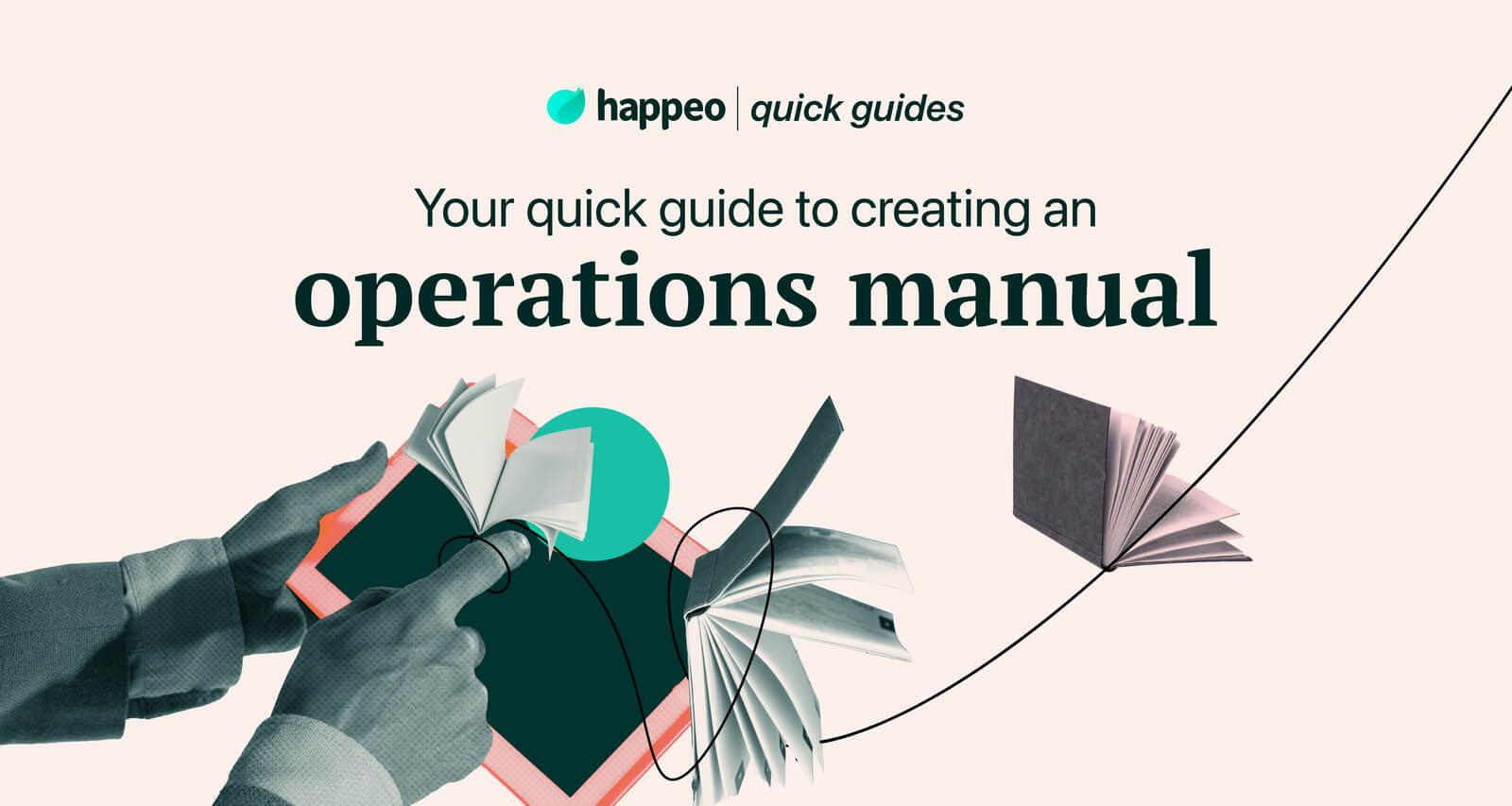
Quick guides Knowledge Management
How to transfer knowledge from baby boomer generation

6 mins read
Start building your digital home with Happeo
Request a demoQuick guides Knowledge Management
Product
Features
Solutions
Happeo for
Use cases
Resources
Explore
Support
Happeo For
Use cases
Comparisons
Explore
Support
Recent

Jonathan Davies
6 mins read
Table of Contents
OK, so the silver tsunami has been less of a calamity than first thought.
Those Baby Boomers are just refusing to retire, dagnabbit, spurred on by a lack of retirement savings or a desire to remain professionally active in some capacity. But hey – that’s sort of good news for your business.
Even though the lack of mass retirements means you get time to plan for the impact it will have on your workplace, it does mean a stilted transition and a sense of prolonged inevitability in your workforce. unless, of course, your Internal Communications team seizes the opportunity to mitigate the impending disaster.
Yes, disaster. The Boomer Brain Drain is headed your way, and without a knowledge transfer plan based around a central cloud repository, such as an intranet, it could have a serious impact on your day-to-day operations, and your future growth.
Watch video
A Baby Boomer is a term used to describe people that were born between 1946 and 1964. During that time, the birth rate of the world's population, especially in developed nations, soared. The name “Baby Boomer" is derived from the boom in births during that period.
The first of the baby boom generation retired in 2012. Since 2020 and until 2030, 10,000 Baby Boomers each day will hit retirement age in the U.S. That said, the Boomer Brain Drain is a real thing.
By the end of 2030 more than 75 million Baby Boomers will be retiring in the U.S. Mass retirement in developed nations will have an impact on the American and global economies. Besides the widespread effects on the economy, it’s clear that employers will need to prepare and come up with a plan for replacing existing employees and preparing a knowledge transfer process.
Let’s start with a quick definition of what knowledge transfer means.
Knowledge transfer refers to a systematic strategy for capturing, storing, and sharing knowledge from one key person to another within an organization for maximum efficiency. Thereby it seeks to organize, capture and distribute knowledge within an organization and to ensure that its availability for the future.
Businesses are generally not prepared for the impact Baby Boomer retirements will have on their organization and the issues that will arise with their lost knowledge. Most organizations have done little to document or share the knowledge before they walk out the door, but when you consider that around 80% of S&P 500 companies have Boomer CEOs, it’s clear that business in general is approaching a knowledge crisis.
Think about things like:
Consider screencasts, webinars, even internal podcasts where your Boomers can share their stories and impart their knowledge, helping you to record it for the generations to come. And, of course, you’ll need a home for this knowledge, somewhere central like an intranet content management system that everyone in the business can access.
Download feature list
And while any knowledge transfer process you instigate to prepare for the Boomer Brain Drain will undoubtedly cater to Boomers’ preferred communication styles - that is, in person, face to face, or by phone - partnering the outgoing members of staff with up-and-comers can actually benefit both sides. Acting as mentors, Boomers can not only transfer organizational knowledge, but also interpersonal and social skills that their younger counterparts may be struggling with having grown up in a digital world. Intergenerational team collaboration can be facilitated by an intranet or Google collaboration tools, which make it simple to connect, share and store information.
These intergenerational relationships can open new ways of working, new learning opportunities and new ideas for both sides of the equation. The younger staff will become a more valuable asset to the company, while the retiring staff will be equipped with skills to take beyond retirement. In addition, the workplace culture becomes more inclusive, more dynamic, more flexible and more open to fresh thinking.
So let’s move beyond the cliche of technophobe Boomer vs digitally-savvy Millennial here; there are plenty of senior workers who dive head-first into technology while there are youngsters who aren’t chained to their smartphone. This isn’t as much a generational thing as it is a business continuity thing.
It’s crucial for your knowledge transfer process to instigate a technological solution that can be harnessed from wherever your employees are, at whatever time. What’s currently in the Boomer practice lead’s head must get into the cloud so that it can help answer any questions his colleagues may have in the future, on the road, at their desk or on the move.
Building an intranet based around Google team collaboration tools helps you to harness the latest cloud-based technology and facilitate your knowledge transfer.
Create a Channel where team collaboration can help to tease information from the brain of your Boomers and into an always-on collaborative environment. Have your Boomers host a Google Meet to impart their wisdom and experience, their success stories, their challenges and how they overcame them. Create videos showing everyday processes and workflows, then upload them to your Google Drive for posterity. Get them posting thoughts from a mobile app to ensure you capture the moment when it happens.
Doing all of this on a Google intranet means it’s powered by a powerful search mechanism that puts it all at your entire team’s fingertips whenever they need it.
Book a demo
The digital workplace is transforming the way companies work, but that doesn’t mean the old ways should be forgotten. Using an intranet software can help you to capture the knowledge of your soon-to-retire both as a way to document where you’ve come from, and as a way to ensure you can get to where you're going next.
Would you like to learn more about intranet software? Watch a video about intranets or schedule a call with one of our intranet experts.
